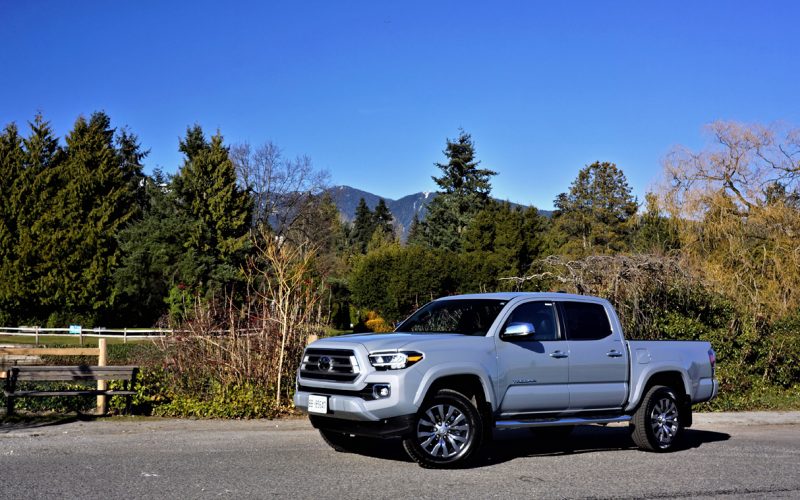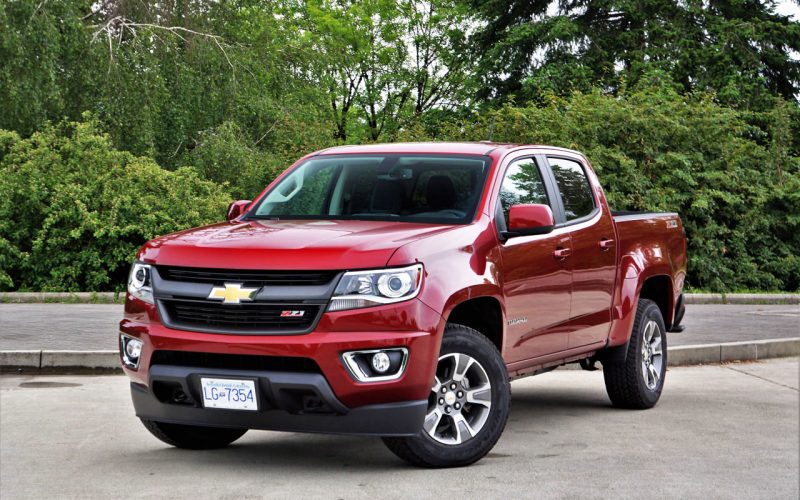
Reading Time: 12 minutesTo say that Toyota’s Tacoma is merely king of the mid-size pickup truck hill is a

Reading Time: 7 minutesJust how competitive are GM’s new Chevrolet Colorado and GMC Canyon mid-size pickup trucks on the
© 2025 The Car Magazine. All Rights Reserved, Privacy Policy | Terms of Use